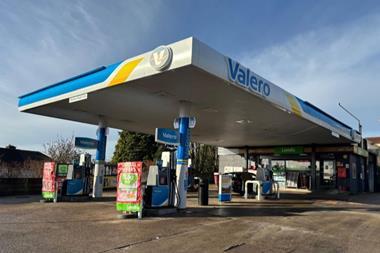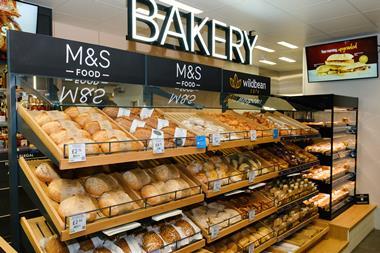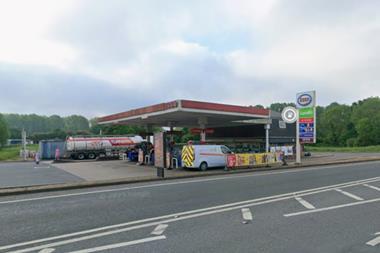The IGD has painted a rosy picture of the UK convenience market in its latest Convenience Retailing 2005 report, with forecourts increasing sales by 5% last year to £3.8bn.
According to the food and grocery think-tank, consumers spend 20p of every pound on food and grocery in convenience stores, and the market is now worth £23.9bn – up 5% on 2004 – and outperforming the total grocery market, which grew by 4.2%. The report reveals that 52% of shoppers visit a c-store between two and four times a week, and the market is expected to be worth £32bn by 2010, with forecourts contributing £4.4bn of that figure.
The latest IGD report cites market consolidation, superior convenience offer, growth in fascia/symbol group membership, changing consumer trends and collaborative working with suppliers as key factors driving growth. It points out that, as happened in the past two years, the largest decline in forecourt operations has come from company-owned sites as the major oil companies pursue aggressive strategies of site rationalisation.
In contrast, dealer-owned forecourt numbers rose again, up by 5.7% last year to 5,032 sites. “This reflects the way in which fuel dealerships are catching up with oil companies in terms of the quality of the store operation, with more and more now qualifying as c-stores,” says the report.
But while the forecourt network is continuing to shrink, the report reveals this has not impacted on the numbers of joint venture sites between forecourt operators and grocers, with those up by 15.9% over the year to 1,189. In terms of official tie-ups between oil companies and grocers, Sainsbury’s/Shell have opened nine more sites in the past year, while the Tesco/Esso network increased from 113 to 120. But the end of the BP/Safeway Partnership last month will impact this trend, with the 61 convenience stores being divided between BP (31) and Safeway (30).
The report also reveals a clear trend toward larger stores since 2000, with company-owned sites showing the most significant increase in store size in 2004 – from 743sq ft to 1,153sq ft. The quality of operation is also continuing to improve, with 90% of the 10,351 sites now qualifying as true c-stores, compared to 89% in 2004.



























No comments yet